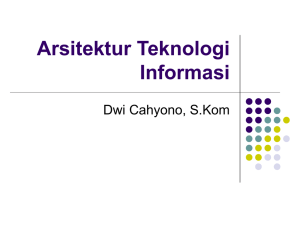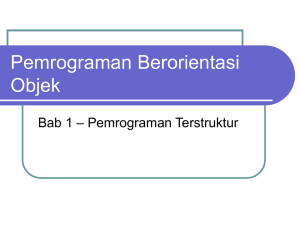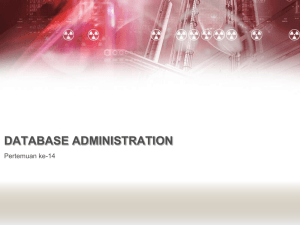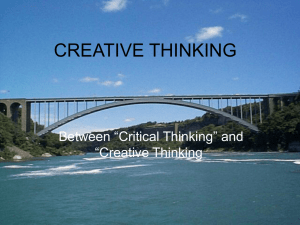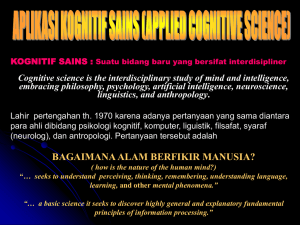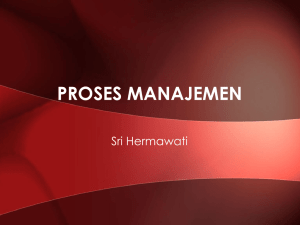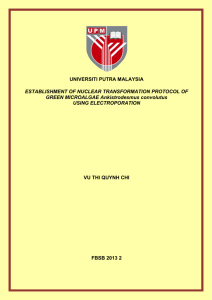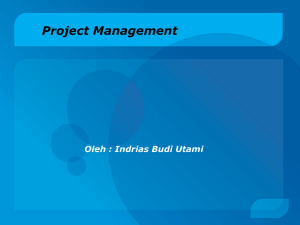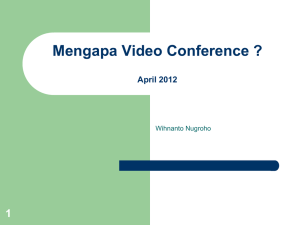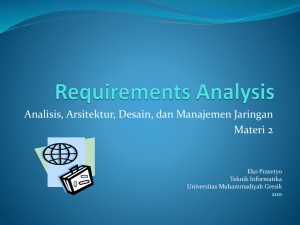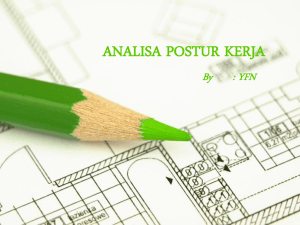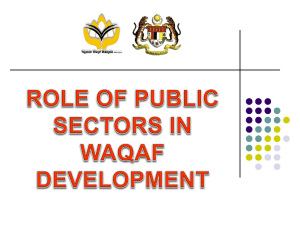Stage 2 Questions - uctc-ukm
advertisement
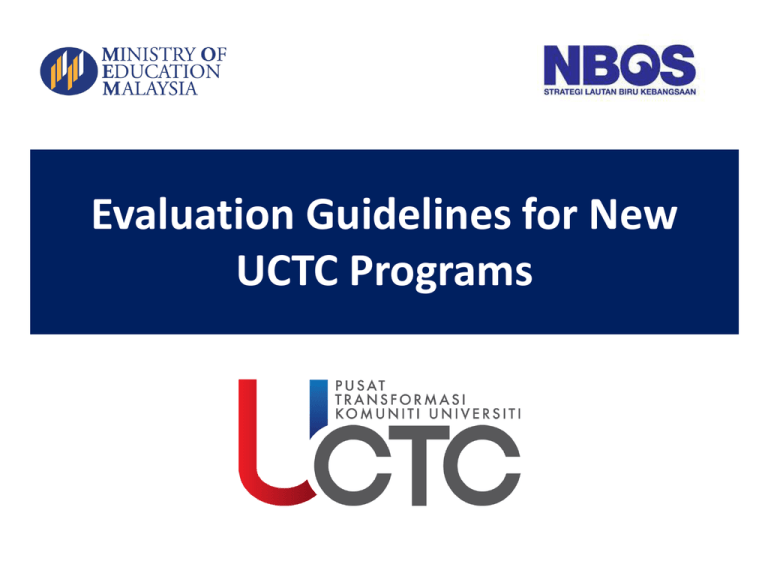
Evaluation Guidelines for New UCTC Programs Pusat Transformasi Universiti Komuniti (UCTC) • UCTC telah diilhamkan melalui National Blue Ocean Summit (NBOS) Meeting pada 21 November 2013, untuk membawa kemudahan, sumber dan tenaga universiti untuk sama dinikmati oleh semua masyarakat. • Melalui UCTC, pelbagai sumber universiti yang terdiri daripada para pelajar, tenaga pengajar dan fasiliti di IPT dapat digerakkan untuk mentransformasikan komuniti setempat. • Program UCTC yang dijalankan dapat mengurangkan jurang dan sempadan di antara warga kampus dan komuniti setempat. 5 inisiatif yang digunakan untuk mencapai maksud UCTC: • membantu fakulti menyediakan bidang praktikal di dalam program/kursus universiti; • melibatkan fakulti dan pelajar dalam aktiviti transformasi bandar dan luar bandar; • membolehkan komuniti tempatan untuk mengakses kursus universiti dan kemudahan yang tidak digunakan sepenuhnya; • melibatkan pakar-pakar yang berkelayakan untuk mengajar kursuskursus jangka pendek; dan • menggunakan infrastruktur intelektual dan universiti untuk menggalakkan aktiviti keusahawanan. UCTC Fund Technical Committee will evaluate the proposals and budget requests for new UCTC projects based on the blue ocean principles of high impact, low cost and rapid execution Evaluation Criteria of UCTC Proposals 1. High Impact (Substantially high benefits to the rakyat) 2. Low Cost (Significantly lower cost than a traditional approach) 3. Rapid Execution (Impact to be realised within 3-6 months) 4. Sustainability of Change (Replicable and change in culture) Stage 1 Questions : Basic idea evaluation In Stage 1, IPT need to explain overview of the proposed idea. A ‘No’ answer to any one of the questions 2-4 will automatically disqualifies a project proposal Please answer the following questions : 1. Describe the proposed project, including the need, the idea and the expected benefits? 2. Does the project need cross-ministerial collaboration? Yes/No If yes, please give details of stakeholders involved and their roles 3. Will this project deliver substantially higher impact at significantly lower costs* as compared to a conventional initiative? Yes/No. If yes, please provide details 4. Will the benefits reach the rakyat in the next 6 months (max.)? Yes/No * As compared to conventional ideas, Blue Ocean ideas deliver higher impact (indicated by factors such as higher number of beneficiaries, increased quality of service, higher frequency of receiving benefit, etc.) at lower cost (indicated by factors such as current or future savings because of resource sharing, lower maintenance costs, other cost savings – social, environmental, etc.) Stage 2 Questions : Rigorous idea evaluation - High impact What is High Impact? High impact refers to a new process of providing government services and/or government actions that result in substantially higher benefits to the rakyat (from their perspective). The magnitude of impact (how high the impact is) will include the number of beneficiaries, the frequency & duration of benefits (e.g. daily, for the rest of their lives), the scalability potential to increase beneficiaries and benefits as well as a measure for how important (high-priority) the benefits are to the people receiving them. Initiatives that deliver high-priority benefits will include one or more of the following: • • • Increasing incomes Lowering cost of living Boosting productivity • • • Improving safety and security Enhancing convenience and simplicity Fostering national pride Evaluation questions Questions which can help identify whether an initiative is high impact are: 1. 2. 3. 4. How many people are going to benefit from the initiative, both directly and indirectly? How often and how long will the beneficiaries experience the benefits from the initiative? Is the initiative scalable? How great is the need (from the rakyat’s perspective) that the initiative is addressing? Stage 2 Questions : Rigorous idea evaluation - Low Cost What is Low Cost? An initiative is low cost if it can produce the same benefits as a conventional approach at a significantly lower cost. Alternatively, it can generate net savings, which would not have been realised but for this initiative. Low cost ideas typically leverage underutilised resources, reduce redundancies through collaboration and find new, inexpensive ways of delivering the same or increased benefits. In some cases, these ideas also find ways to generate revenues or continuously lower execution costs as they go along. There are also non-financial costs to consider. Examples of such social and environmental costs include projects that could inadvertently lead to social disharmony, create pollution, etc. Evaluation questions Questions which can help identify whether an initiative is low cost are: 1. How much is the cost advantage of this initiative as compared to delivering a similar level of benefit using conventional means and processes? 2. How are the on-going costs of sustaining this initiative lower than a conventional initiative? 3. Are there any non-financial costs such as social and/or environmental costs that will be incurred because of this initiative? Stage 2 Questions: Rigorous idea evaluation - Rapid Execution What is rapid execution? BOS initiatives should be implemented quickly and benefits delivered no later than 3-6 months after receiving approval to ensure maximum impact. This is because slow implementation can create unnecessary costs, as resources are underutilised or locked up in bureaucratic procedures. The rakyat will also not derive any benefits from initiatives until they are implemented. The implementation speed of a proposal should further be assessed by comparing it to delivering the proposed services through conventional means – i.e. using existing bureaucratic procedures, procurement processes, secondments, etc. In addition, there are a number of hurdles that can delay execution. Examples include opposition from other ministries and agencies to sharing resources, lack of cooperation from state and local governments, etc. Many of these hurdles can be anticipated beforehand and should be highlighted in the proposal. A strong proposal would make a realistic assessment of moderate to high-likelihood hurdles so that they can be proactively addressed by the team and/or NSCU. Evaluation questions Questions which can help identify whether an initiative can be rapidly executed are: 1. Will the benefits reach the people in 3-6 months? 2. How much faster can the initiative be executed (pilot and scale-up) compared to using conventional procedures and processes? 3. Which hurdles are likely to arise and what can the team and/or NSCU do to mitigate them? Stage 2 Questions: Rigorous idea evaluation - Sustainability of Change What is sustainability? Sustainability is the extent to which an initiative is replicable. Replicable means that the creative ideas (e.g. types of collaboration, cost cutting mechanisms, etc.) can be applied to other initiatives. A strong proposal would explain how the creative ideas underpinning the initiative could be applied to other BOS initiatives in the future. Sustainability also entails a gradual change in culture among the various stakeholders towards systematically using creativity to develop and execute high impact, low cost initiatives. A competitive proposal would make a compelling case that the initiative will instil an enduring collaborative and creative culture. Evaluation questions Questions which can help identify whether an initiative is sustainable are: 1. Are the initiative’s creative elements replicable? 2. What is the likelihood that execution of the initiative will instil a culture of creativity and collaboration in the various stakeholders? Additional Criteria for UCTC-RTC projects • These are community projects which involve strategic collaboration with a specific Rural Transformation Centre (RTC), to address the needs of the community in that area. • Cap = RM10,000 • Must show evidence of collaboration with RTC within 50km radius. • Must involve students volunteers (under/post graduates) • Must address ‘what’s next’: – Explain the monitoring plans – consider the 2nd phase i.e. what needs to be done to really develop the target community in terms of socio-economy, quality of life etc – Explain empowerment of community leaders

